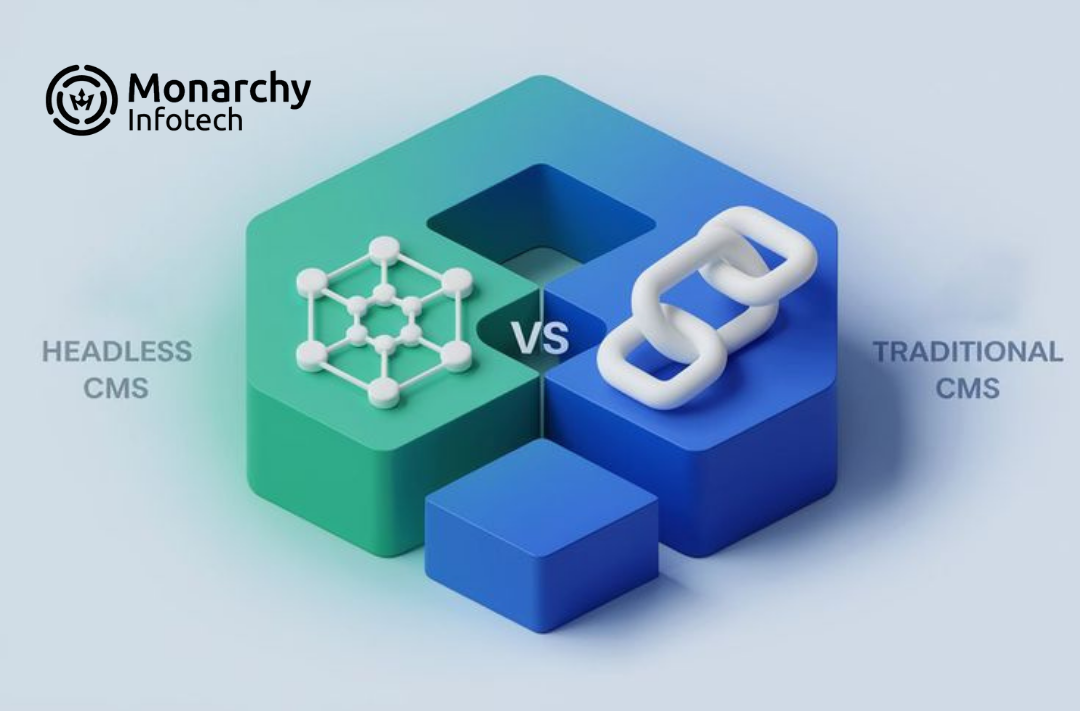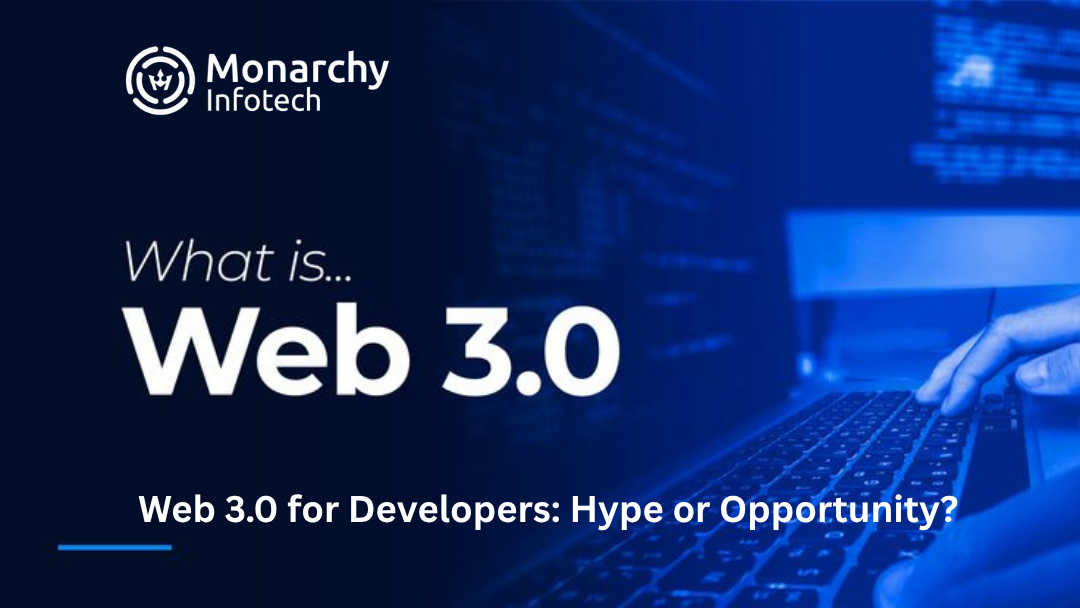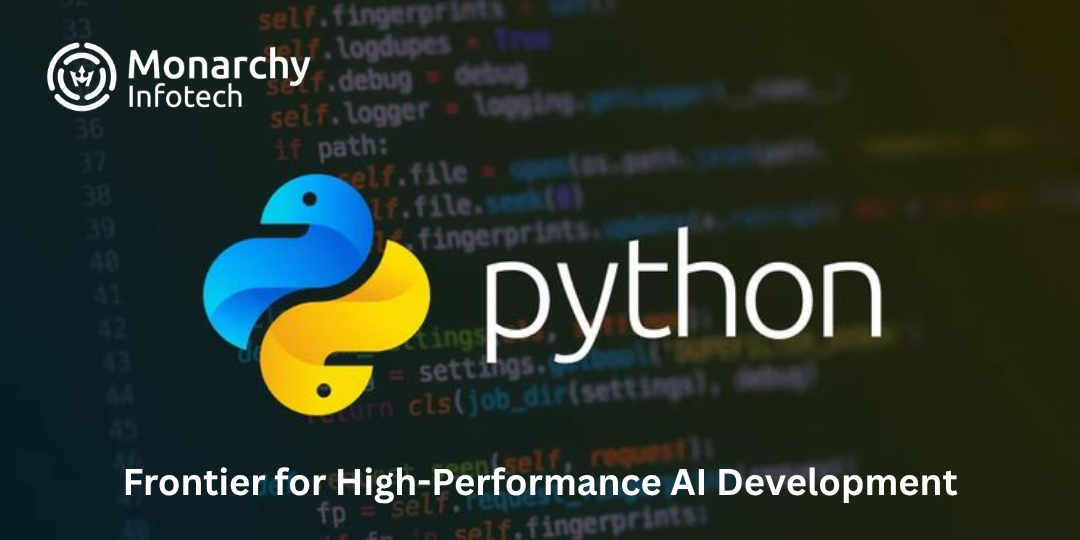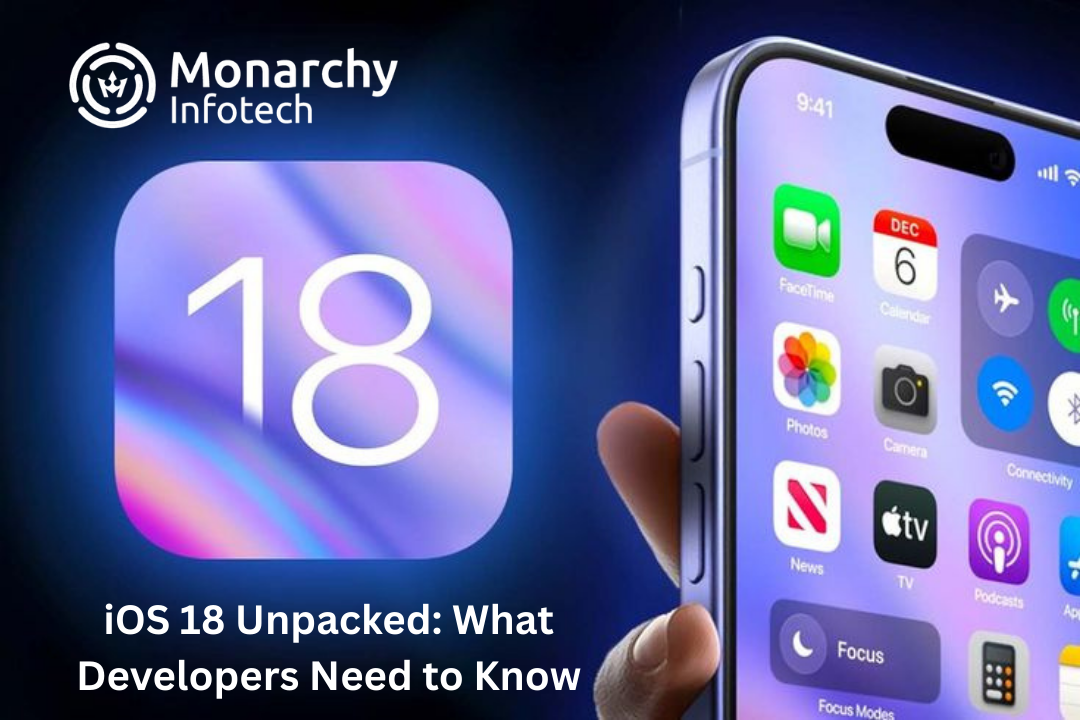88 wordsclear Humanize AI Headless CMS is revolutionizing the process of building and maintaining websites by separating the content management backend from the presentation frontend layer. As compared to legacy CMS platforms, a headless model provides higher flexibility, scalability, and performance by enabling content to be pushed to multiple platforms—web, mobile, IoT, and beyond—through APIs. The new architecture enables developers to apply their choice of frameworks, allows for quicker load times, and enhances user experiences. With digital experiences growing more dynamic and omnichannel, headless CMS is fast becoming the solution of choice for innovative web development teams.

How Headless CMS Is Revolutionizing Web Development
How Headless CMS Is Revolutionizing Web Development
With the high-speed digital era, companies are being challenged to provide seamless and uniform content experiences on websites, applications, kiosks, and even smart devices. The conventional content management systems (CMS) are not enough anymore. Enter headless CMS—a new-age, versatile method that's changing the way developers and businesses think about web development.
What Is a Headless CMS?
A headless CMS decouples the frontend (user-facing) from the backend (where content is written and managed). Contrary to the more typical CMS platforms such as WordPress or Joomla, which closely integrate content management with presentation, headless CMS platforms serve up content through APIs. As a result, developers can utilize any frontend technology (React, Vue, Angular, etc.) to render that content wherever it's required.
Important advantages of Headless CMS
1. Omnichannel Content Delivery
Headless CMS enables you to deploy content not just to sites, but also to mobile applications, digital screens, smartwatches, voice interfaces, and beyond. One source of content, limitless distribution points.
2. Developer Freedom
Because the frontend is separated, developers are free to use the right tools and frameworks for the task. Whether a static site generated with Next.js or a dynamic React app, headless CMS supports them both.
3. Improved Performance
Most headless CMSs go extremely well with static site generators and content delivery networks (CDNs), leading to lightning-fast websites that are fast to load and function seamlessly on every device.
4. Improved Security
By taking the presentation layer off the CMS, the attack surface is minimized, and hence headless CMS solutions are inherently more secure than the traditional ones.
5. Scalability & Future-Proofing
As your online presence expands, a headless CMS can grow with you. It's simpler to integrate new technology, update one component at a time, or move to new platforms without having to rebuild your whole infrastructure.
Use Cases in Contemporary Web Development
- e-commerce websites that utilize APIs to provide product information to web and mobile platforms.
- Marketing sites requiring rapid performance and SEO optimization.
- Multilingual content delivery across global digital properties.
- SaaS solutions that demand dynamic, real-time content revisions.
Popular Headless CMS Solutions
Some popular headless CMS options in 2025 are:
- Contentful
- Sanity
- Strapi
- Ghost (Headless Mode)
- Storyblok
Popular Headless CMS Solutions





